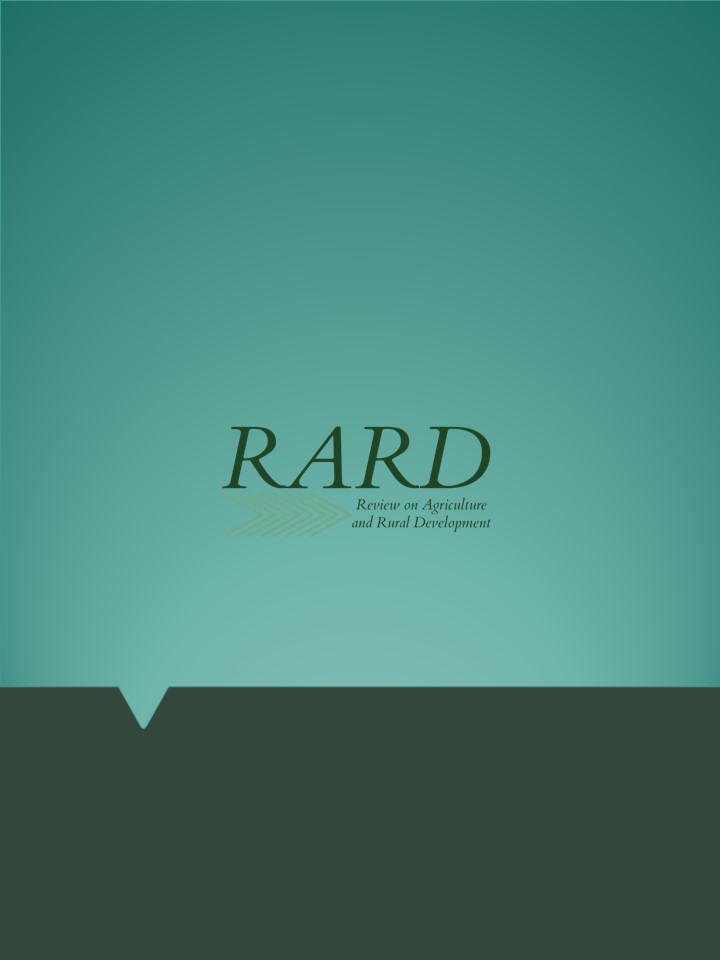Natural Fusarium Toxin Contamination of Wheat in Southern Part of Hungary
Main Article Content
Abstract
Fusarium head blight (FHB), primarily caused by a fungal plant pathogen Fusarium graminearum, is a devastating disease of wheat and other cereals. FHB reduces yield, but also the quality and feeding value of the crop. The fungus produces the mycotoxin deoxynivalenol (DON) that poses a significant threat to the health of domestic animals and humans. In 2019 Fusarium epidemic occurred not only the southern and eastern parts of Hungary, but affected other area of Central Europe. The mycotoxin patterns varied tremendously, depending on the geographic area, different resistance levels of wheat genotypes, weather and soil conditions and cropping factors. In this survey 192 samples of different bread wheat (Triticum aestivum L.) genotypes from three geographically different regions were tested for DON toxin contamination by HPLC-MS method. Average levels of mycotoxin contamination 3.80 mg/kg; it is three times higher than the European maximum limit for unprocessed cereals intended for human consumption. The content range is very wide (0.15 – 20.71 mg/kg), 76% of the samples exceeded the EU risk threshold level.
